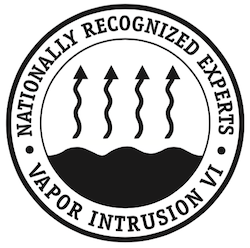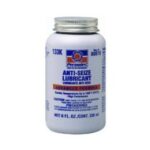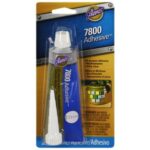EnviroForensics provides our clients with strategic solutions to complex, multi-faceted problems. Our staff works diligently within reasonable timeframes based upon our clients’ goals; striving to avoid the bureaucratic and institutional slow-downs that very commonly plague environmental cleanups. The owner of a now defunct manufacturing facility and property recently contacted EnviroForensics to get a cleanup of multiple contaminants started after efforts by prior teams had been stalled for over a decade. Soil and groundwater had been contaminated by chlorinated solvents and polychlorinated biphenyls (PCBs), and the majority of the building’s interior was coated with PCB laden dust and oil. Quick negotiations with the regulators, and our team’s specialized knowledge and experience, allowed EnviroForensics to expedite a work plan and respond quickly to the owner’s requests.
PCBs are highly toxic and do not break down easily, so the EnviroForensics staff completed a detailed assessment of the building to determine the best options for managing materials that were exposed to PCBs during historical site operations. EnviroForensics is address the contaminated building materials in accordance with the complicated and highly prescriptive Toxic Substance Control Act (TSCA). The owner wants to make the property a productive facility within the city again, so potential exposure to contaminants for new site workers will have to be eliminated completely. EnviroForensics efforts at the site can help make this desire a reality.
Outside of the building, EnviroForensics continues to evaluate subsurface conditions. Monitoring wells that were previously installed at the property had not been sampled in years. Due to this time of inactivity, the monitoring wells needed to be reconditioned by surging the well to loosen the fine particles that accumulated in the wells’ annular space, and then purging the sediment laden water. This “surge and purge” method restored the monitoring wells’ production rate and reliability. The entire network also needed to be resurveyed to accurately assess contaminant migration.
With a better handle of these complex issues, the EnviroForensics team plans to finalize the investigation of the site contamination, and prepare the Remediation Work Plan that the regulators have been requesting for years.












